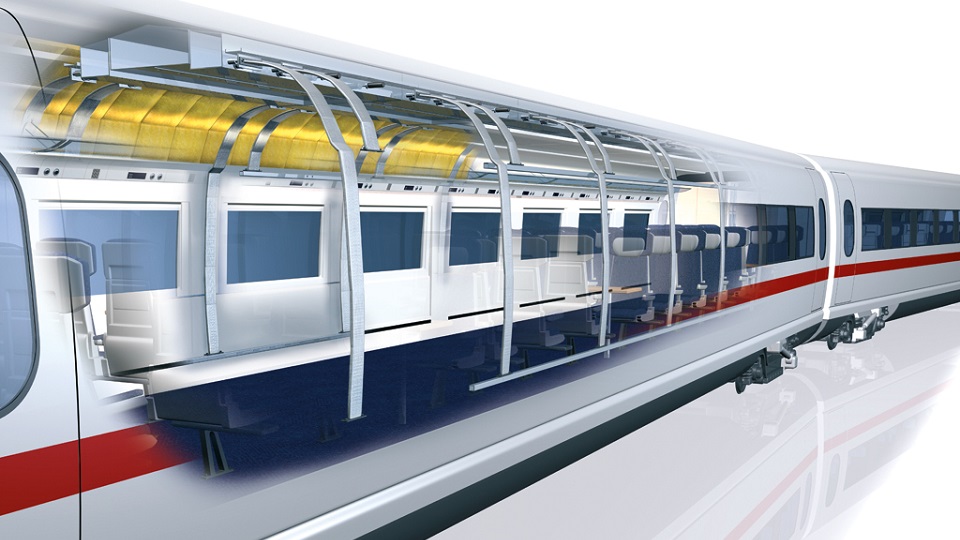Rail transport needs more effective usage of HVAC systems

The energy saving policy may be carried out by railway undertaking in various ways. One of them is effective usage of the heating, ventilation and air conditioning systems (HVAC). Ferdinand Spek, Technical Consultant at ADSE Consultancy & Engineering, has been researching this question for several years. At the RailTech Europe conference, he will explain the benefits of the HVAC method for energy efficiency on railways.
The HVAC method is based on the calculation of several parameters like vehicle thermal characteristics, HVAC system configuration, HVAC controller functionality, weather data and operator profiles. “Based on all these inputs either yearly energy consumption is calculated, or daily profiles are simulated,” the consultant explained. The necessary data is collected from various sources. Afterwards, verification is coming. “Having a verified model allows calculations and simulations for other points to be made without needing to perform costly testing,” Ferdinand Spek said.
Prediction and energy saving
The simulation allows predicting the energy consumption of a train or locomotive. “For trains already in operation, we need to look at whether the energy consumption of the HVAC is registered separately and what changes on the current configuration are possible. Possible changes can be in the controller logic of the HVAC or specific components inside the HVAC systems,” the ADSE expert noted. The prediction is impossible without HVAC energy model that is used for making recommendations to optimise energy consumption.
Challenges for energy saving
Mr Spek named three main challenges for the HVAC energy method. The first one is a cooperation between all parties – the HVAC supplier, the OEM and the operator. “The interaction between all parties can sometimes be a bit difficult. The parties must trust each other and equally feel the need to optimize a system and reduce energy usage,” he said. The second challenge is the test and launch of new rolling stock. And the third challenge is freedom to make changes to the architecture and system that sometimes also blocking energy saving. “But we feel the entire rail sector must act together to reduce energy usage and make travelling by rail even better and more competitive,” the energy consultant summed up.
Ferdinand Spek will give a presentation ‘Predictive HVAC annual energy consumption method; development and verification’ during the RailTech Europe conference. The programme can be found on the event website.
Also read:




